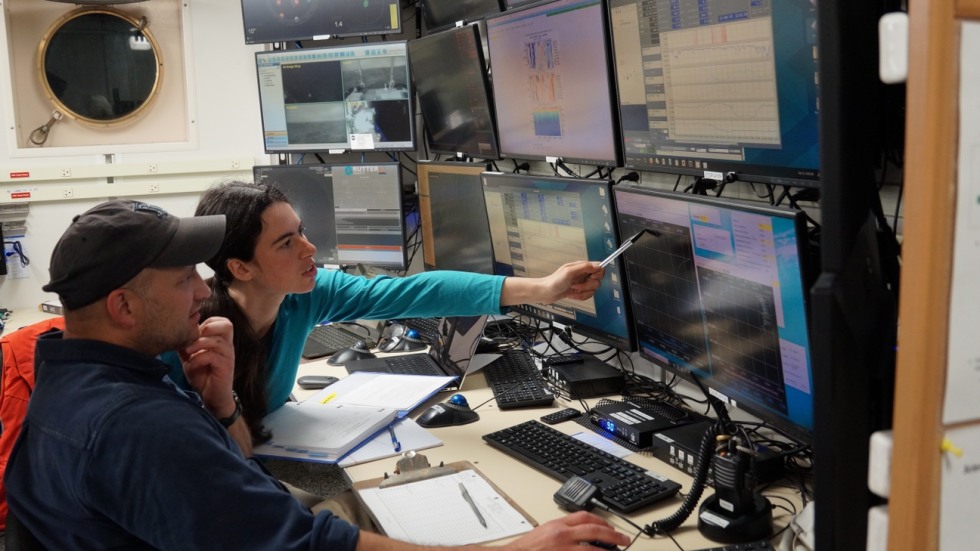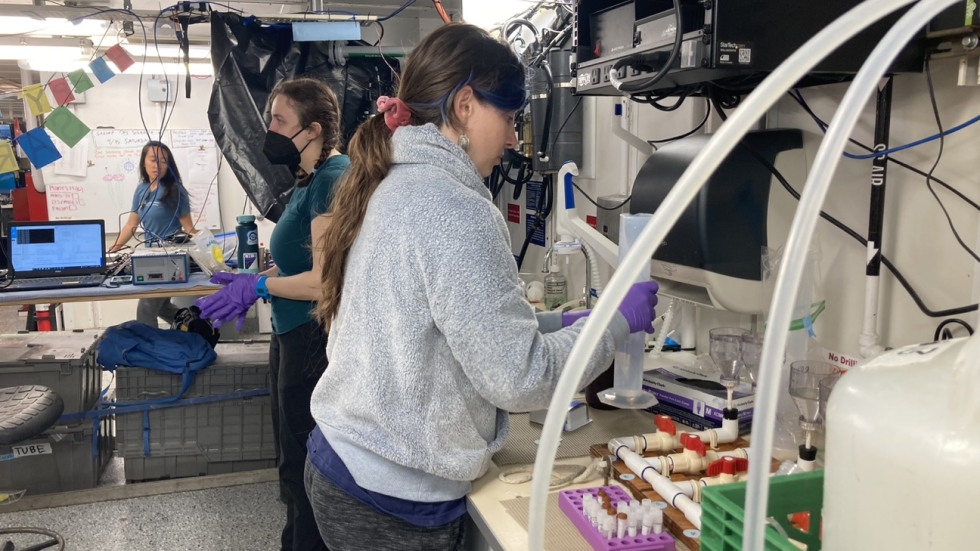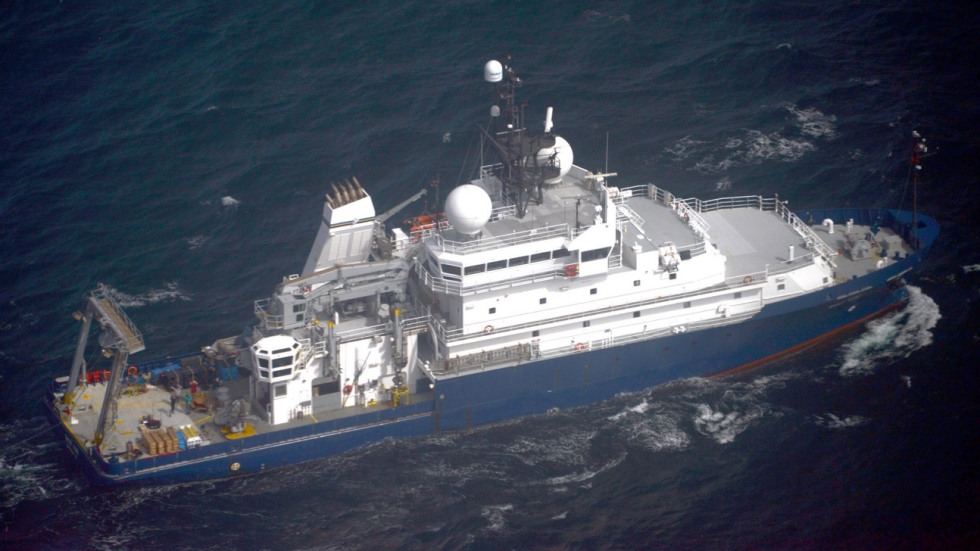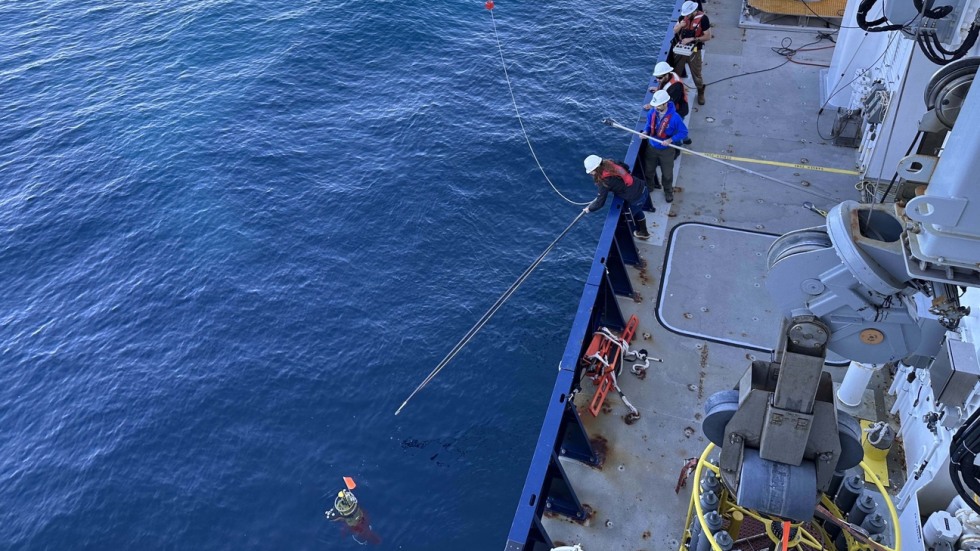
Joined by a team of dedicated scientists and crew members, they set sail about 300 miles off the coast of San Francisco for a month-long journey on the R/V Sally Ride, a US Navy research vessel operated by the Scripps Institution of Oceanography.
The S-MODE IOP2 mission set out to study how small ocean currents (submesoscale dynamics) affect the atmospheric heat fluxes, ocean currents, and nutrient and phytoplankton distribution. “It is a large collaborative program,” explained Assistant Professor Freilich, “where researchers collecting observations from the ship, three planes, and at least 15 autonomous vehicles (ocean robots, including floats, wavegliders, and gliders) all work together to observe dynamics that haven't been observed before because of how small-scale and quickly-evolving they are.”
Throughout the voyage, researchers utilized advanced in situ and remote sensing techniques, including observations from planes and biological and physical observations from the ship. Freilich focused her research on fluxes of energy and carbon utilizing observations from the plane-based instruments, especially an instrument called the SIO MASS, and comprehensive data gathered from the ship. This specialized research aims to significantly improve the representation of small-scale physics in ocean models, leading to a more refined understanding of the carbon cycle within eastern boundary current regions—a crucial advancement in climate science and our comprehension of the intricate workings of Earth's climate system.
While at sea, the team conducted water sampling at various depths and filtered the samples to study the vertical distribution of phytoplankton and nutrients. Additionally, they performed incubation experiments to measure zooplankton grazing rates in collaboration with researchers at Scripps Institution of Oceanography. Phytoplankton hold immense importance as they act as the primary oxygen and carbon producers in the ocean, supplying oxygen that is essential for the Earth's atmosphere and food for ocean ecosystems.

Moreover, the data collected during this mission will be crucial for developing NASA instruments that could be sent into space, furthering our understanding of Earth's complex ocean dynamics.
According to Élise, life aboard the research vessel was an adventure in itself. Amid the scientific pursuits, the ship's residents bonded over games, movie nights, dance parties, and other enriching activities. Artists among the crew found inspiration in the ocean's majesty, crafting drawings, sculptures of sea animals, and captivating stories. But not everything was smooth sailing, as they encountered two major storms while at sea with wave heights up to 19 feet, reminding the crew of the powerful forces at play in the ocean. Nevertheless, the team navigated safely, witnessing a wide variety of charismatic marine life, including dolphins, sea lions, bioluminescent jellyfish, velella-velella, and whales.
Assistant Professor Mara Freilich, Élise Beaudin, and the team of dedicated scientists and crew members of the S-MODE expedition have charted new depths, exploring crucial information about submesoscale ocean dynamics and their impact on Earth's climate.





